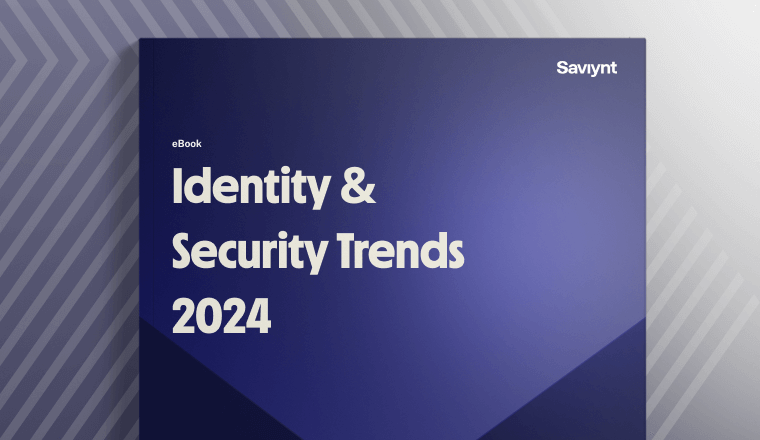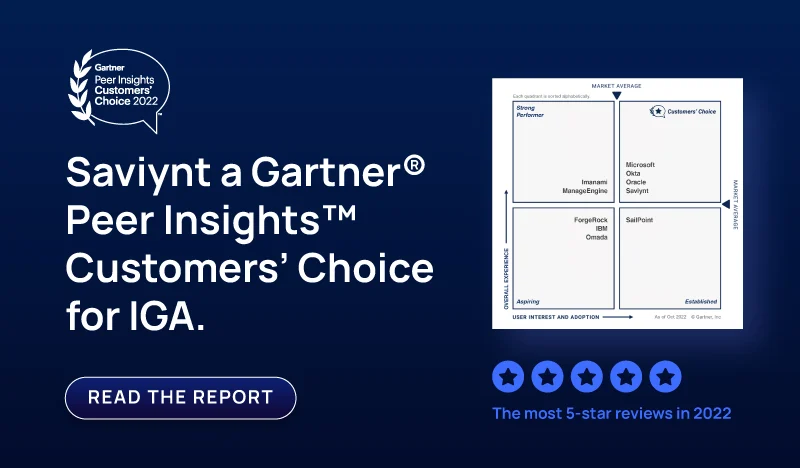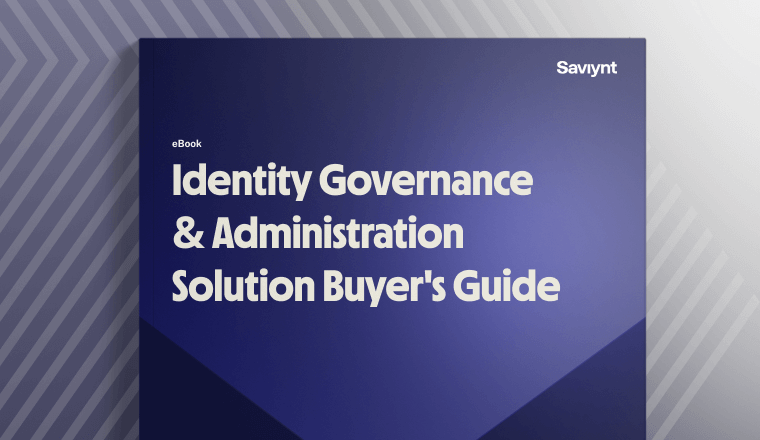
Related Post

Report
2024 Identity and Security Trends

Report
Saviynt a Gartner Peer® Insights Customers Choice for IGA

Solution Guide
IGA Buyer's Guide
-1.png)
Solution Guide
PAM Buyers Guide

Whitepaper
Focus on patient care, not complex identity management.
Use our partner finder to discover your perfect business match.

In the last decade, Identity Security has experienced three pivotal moments. The first two were:
The third, was announced on September 10 of 2024:
Delivering an intelligent identity security platform powered by AI and deep ML technology through Saviynt Intelligence.
Designed not just for today’s business climate, Saviynt Intelligence has been designed to future-proof our customers’ identity security for the next decade. When something like this is announced, people are obviously curious, not just about the business benefits, but how it works. I’d like to take this opportunity to give you a closer look at the architecture of Saviynt Intelligence and discuss some of the features and outcomes provided by such a solution.
The Building Blocks of Saviynt’s Intelligence Engine

Fig 1. Illustrates the foundation of Saviynt’s Intelligent platform. The bedrock of platform’s intelligence lies with the data getting collected from various identity and security platforms.
The figure shows that the platform collects and ingests identity data from a variety of systems, not just identity security platforms, but from ERPs, other SaaS platforms, Cloud Vaults, CICD pipelines, and other third party systems, including ITSM, SIEM’s, etc.
Through these rich integrations, the platform ingests the following data sets into the industry’s first internet-grade and enterprise-ready “Identity Security Data Lake”, the core of Saviynt’s intelligence platform:
On top of the data lake sits Saviynt’s intelligence engine, comprised of three core components:
Working together, the three components provide Saviynt Identity Cloud customers with the following, which will be covered more in dept in the other three blogs in the series:
An Overview of How the Data Lake Works
As I mentioned at the beginning of this blog, the data lake ingests identity data and events from a wide variety of sources. It does this via databases, APIs, files or events from event buses, etc., and writes the same to the data lake. Data and events could either be streamed or loaded. At the same time, the intelligence engine enriches, cleanses, or transforms the data.
The data lake itself is a cloud objector store capable of handling data at petabyte scale and is layered with the following components:
The AI/ML based recommendations engine then build access recommendations and feeds the same to business-facing services such as Requests, Certs, Analytics or Onboarding.

Fig. 2 Saviynt’s Identity Security Data Lake
The Importance of Security
Saviynt’s intelligence engine is built using AI and deep learning technologies in a secure, responsible and explainable manner for strong data and model governance. We treat security and compliance with utmost seriousness. Our customers trust us with their identity data and we remain committed to secure their data with the highest standards.
In regards to data governance, Saviynt does not use customer data to train LLMs across customers and customer data never leaves the Saviynt Cloud service boundary. Each customer tenant maintains an isolated LLM.
For model governance, there is zero co-mingling of data inputs so there is zero risk of models “remembering” other customer data. Customers also have the option of opting out of Saviynt Intelligence features.
I hope this gives a good insight of what is under the hood on Saviynt’s Intelligent platform.
We are ready for the future of identity security. Are you?
For more information, please reach out to your Saviynt Account team, request more information, or schedule a demo to see Saviynt Intelligence in action!

Report

Report

Solution Guide
-1.png)
Solution Guide

Whitepaper